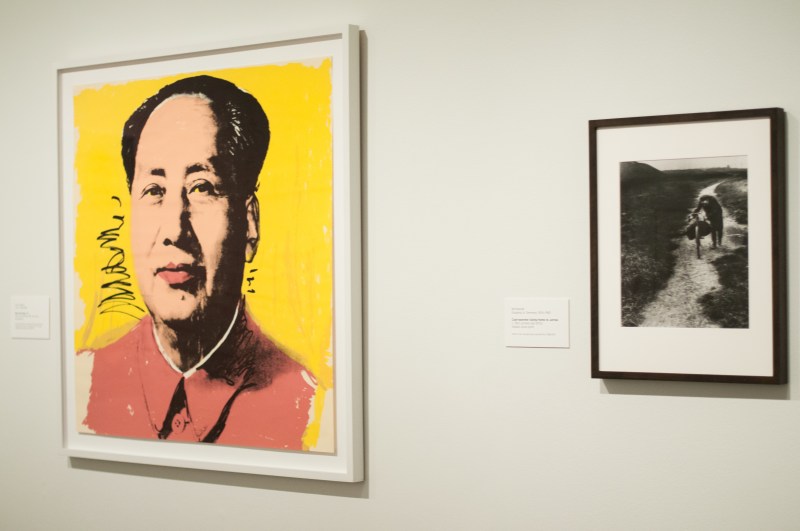Designed to enrich the in-gallery experience, Art++, a new interactive gallery at the Cantor Arts Center, uses technology to teach viewers about different works of art. This experimental exhibit features augmented reality technology created by museum staff and electrical engineering graduate students at Stanford.
The tablet provided in the Art++ gallery is able to recognize any work in the exhibit and provide the viewer with two to four pages of information as well as certain interactive functions. For some works, the viewer can see the restoration process, real life location or small symbolic details incorporated by the artist.
As a study tool for students, this technology works wonderfully. The information is brief but generally includes history, symbolism and techniques used by the artist. For example, in “Tribune of Buontalenti,” a 19th century painting by Domenico Caligo, the history of the painting is augmented by revealing small symbolic details the viewer likely wouldn’t pick up on, giving the viewer more information than that generally available on the artwork’s didactic panel. For example, a small representation of the goddess Venus in the background is highlighted by the app. The app then offers the viewer information regarding the room where it was painted, the Tribune in what is now the Uffizi Gallery, and why the presence of Venus is important.
For the average museum goer, the drawbacks of this technology may outweigh its advantages. Though as an in-depth learning tool these features are desirable, the small screen of the tablet draws the average viewer’s attention to small parts of the work, not allowing them to absorb the work as a whole. This focus on detail may leave viewers with an incomplete understanding of the piece.
Viewers who haven’t seen the work before are given an automatic guide to interpretation. Because of this, the work may lose its unique meaning to the viewer. The information and interactive features in the Art++ technology tend to focus on technical aspects of the artistic process. The viewers then lose the opportunity to discover for themselves and are given the answers before they have a chance to form their own questions or opinions.
The exhibit includes nine works of art spanning about 400 years, 1600 – 2000. Likely chosen to represent all the different capabilities of the interactive technology, the works seem to have little relation to each other. Without anything tying the works together, the tiny room housing the exhibit has little appeal to the average passersby. Countless people peek inside and keep walking, and of the very few who enter, only some use the featured technology.
In a world where technology is integrated into just about everything, the mix of technology and art seems like it would be appealing. But in this case, the tools provided only crack open a window to the art world, favoring the mechanics of the window to the scenery beyond it. The technology has the capacity to go far in museum education. Thus far, it fails to acknowledge a full understanding of art – one that includes the artist, emotion and ample room for unique interpretation. Down the road, this technology may, with more strategic, thoughtful and integrated use, expand upon the flat brevity of the didactic panel and further modernize the ways in which museumgoers experience art. Until then, most museumgoers will be better off focusing on the main act, the art itself.
